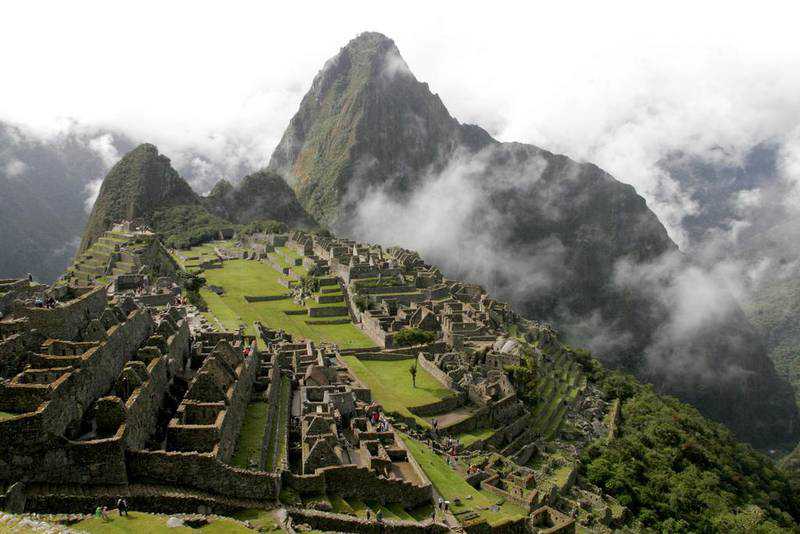Peru's Machu Picchu is actually 20 years older, new study finds
06 August, 2021

Anew study of the world-famous Inca citadel of Machu Picchu has led scientists to believe the Unesco World Heritage Site is at least 20 years older than previously thought.
For many years, historians have assumed the site in south Peru was built some time after 1438 AD. This was based primarily on 16th-century Spanish accounts from their conquest of the region.
But now, new radiocarbon dating techniques carried out at the site suggest the citadel was occupied from around 1420 AD, almost two decades earlier.
"This is the first study based on scientific evidence to provide an estimate for the founding of Machu Picchu and the length of its occupation," said Richard Burger, a professor of anthropology at Yale University who led the research.
“The results suggest that the discussion of the development of the Inca empire based primarily on colonial records requires revision.”
Burger and his team used accelerator mass spectrometry (AMS) dating of human remains to come to the conclusion. The team looked at 26 individuals from cemeteries at Machu Picchu that were recovered from the site during excavations in 1912.
The findings were published in the peer-reviewed journal Antiquity.
Voted one of the New Seven Wonders of the World in 2007, Machu Picchu was declared a World Heritage Site by Unesco in 1983. A hugely popular tourist destination, it received more than half a million visitors a year before the coronavirus pandemic.
In 2017, Peruvian authorities sought to protect the site by introducing ticketed time slots to control the flow of visitors at the settlement.
Perched between two mountains, the site is made up of roughly 200 stone structures, which include remains of a ceremonial bathhouse, temples, granaries and aqueducts.
Believed to have been built as a palace for Inca emperor Pachacuti, it was abandoned around 1572 AD as a consequence of the Spanish invasion of Inca lands. The site was not found by the colonisers, although it was always known to the locals, until American explorer Hiram Bingham brought it to international attention in 1911.
In October 2020, the site opened to the public for the first time after months of closure owing to the pandemic. Its first visitor was a Japanese tourist who was stranded in Peru.
Source: www.thenationalnews.com
TAG(s):
